Body Stall With Keto Diet Weight Loss

Top 10 tips to break a keto weight loss stall
- Is it a stall?
- Non-scale victories
- How the body loses weight
- When keto isn't enough
- Our top 10 tips
- Summary
Are you eating a low-carb or keto diet but not seeing the results you expected? Does your scale seem stuck, yet you think you still have ample weight to lose?
We know it can be frustrating to see friends and family successfully losing weight and gaining health with low carb when you feel you are not.
You may wonder, "Am I doing something wrong? What else can I do? Is this eating plan right for me?"
This guide helps answer those questions and more! We explain what a true stall is, review how weight is lost, help you troubleshoot your own situation, and link you to other Diet Doctor guides for more in-depth information. Plus, keep reading to the end and we'll give you our top 10 tips for breaking a stall.
We aim to empower you to make informed and evidence-based choices that are right for you. Our goal is to help you understand the pace of your unique journey and find options to try to get the scale moving again.
1. Is it really a stall?
How long has your weight loss stalled? Has it been three months or more while diligently staying on plan?
You might feel otherwise when you step on the scale daily, with no sense of progress, but anything less than three months without any weight loss is not considered a true stall.
That's because body fat is almost never lost in a straight and steady path. Weight leaves in fits and starts.
Many factors can influence the day-to-day number on a scale: water retention, a full or empty bladder, food contents in your stomach or intestine, and other factors such as whether you've been building muscle through exercise.
When you think you've hit a stall in weight loss, examine the general trends in your weight over time, not your individual weight variations from day to day.
Establish a regular routine for taking your weight: weigh yourself on the same scale, at the same time of day, under the same general circumstances, wearing the same amount of clothing. Consider weighing yourself only once a week or less, to track the trends and not get caught up in day-to-day variations.
Plateaus are common
Results from more than 300 patients enrolled in Virta Health's type 2 diabetes program show the average patient in the first year of following a low-carb diet had fairly steady weight loss for nine months. This was followed by about three months of a plateau that the researchers called "weight stability."1 With strict adherence to the diet, weight began to trend down again in the second year.2
Other factors besides sticking to the diet can influence the number on the scale and how it moves: your dieting history, your resting metabolic rate, how much weight you have to lose, how much muscle you carry on your frame, your body fat percentage, how insulin resistant you are, and whether you have hormonal issues. We'll talk about these factors and how to work with them, below.
2. Track the non-scale victories
Weight is an arbitrary, often meaningless measure that may have nothing to do with whether you are healthy or not. Instead of focusing on the scale number, note changes in common health markers and how you feel.
Are your clothes looser? Are you less hungry? Is your blood pressure lower? Do you have more energy? These are all non-scale victories, sometimes called NSVs, that show your diet is improving your underlying health over the long term.
Measurable health markers
When you are doing a low-carb or ketogenic diet, it's very important to track changes in measurable health markers. Each of the markers listed below (linked to a more in-depth discussion) can dramatically improve on low carb:
- fasting glucose
- HbA1c (a measure of glucose over three months)
- blood pressure
- inflammation (as measured by C-reactive protein)
- body fat percentage
- cholesterol levels
- waist-to-height ratio
Symptomatic health improvements
Some health improvements are not measurable by a specific test. However, they may significantly affect the way individuals on a keto or low-carb diet look and feel. These can include:
- better skin, less acne
- more energy and endurance
- reduced hunger and cravings
- improved mental health
- improved irritable bowel syndrome
- less joint pain or chronic pain
If any of these health markers are improving, the diet is likely working for you — no matter what your scale says. Continue with the diet (and see some tips below), and the scale is more likely to eventually move or settle at the best weight for you over the long term.
3. How the body loses weight
When you lose weight, you want to lose excess body fat, not muscle and bone. Who wants to have a low number on a scale but be weak, frail and sickly? No one!
Many forms of dieting, including those with deliberate long-term caloric restriction, increase the likelihood that precious muscle mass and bone density will be part of the weight you lose. In fact, the more you intentionally restrict calories, the more muscle and bone mass you're likely to lose.3 This sort of weight loss can undermine your health as you age.
Although these same kinds of studies have not been done specifically with low-carb diets, we know that methods such as severe caloric restriction can make future weight loss more difficult. This occurs because your body tends to "defend" its previous levels of fat stores through a number of processes. 4
The result is that your body ends up needing far fewer calories to maintain weight loss than a person of the same size who had never been obese. That's why these processes are often referred to collectively as "slowing your metabolism" ("adaptive thermogenesis" is the scientific term).5
Some studies show some weight loss programs create a long-term slowing of metabolism by 300 to 500 calories a day, which persists for years.6
So how do you best burn body fat yet preserve muscle mass and bone density? Two linked conditions can help:7
- Low insulin: Insulin is the master key that locks fat in your fat stores. Low insulin levels help you to access and burn fat stores for energy.
- An energy deficit: To tap into and use your fat stores, you must burn more energy than you consume.
Calories count, but you don't have to count them
At Diet Doctor, we stress "don't count calories," but that doesn't mean that excess calories don't count. If you are eating more energy than you need, you are unlikely to burn your stored energy or body fat.
Although this may sound at first like the same-old "eat-less-move-more" advice from the "calories-in-calories-out" model of low-fat, caloric-restricted diets, there is a big difference. Calories-in-calories-out says calories from all foods count in the same way. A low-carb diet says different foods — even with the same calorie count — have different effects.8
Carb-containing foods raise blood sugar and insulin, which can keep fat locked in cells. By contrast, nutrient-dense, low-carb foods can help you feel satiated for hours, keep insulin low, provide your body with essential nutrients, and enable you to lower your food intake without hunger, making it easier to burn your own fat stores.9 Learn more in our guide, Why low carb can help you lose weight.
Many people eating a low-carb or keto diet will naturally achieve these two conditions of low insulin and an energy deficit without much struggle or conscious effort.10
In fact, most people eating a low-carb or keto diet notice right away they are less hungry and their cravings for carbohydrate foods diminish.11 This can make it easy to skip meals, eat smaller portions, and stop snacking. Doing these things keeps insulin low and creates an energy deficit — without hunger. This feels very different, and is likely to be more sustainable, than most typical weight loss diets.
When combined with the advice to "eat only when you're hungry and stop when you're full," a keto diet can create an ideal situation to reduce consumption and tap into fat stores without ever counting calories.12
This natural adaptation, however, doesn't happen for everyone. This could include you. It doesn't mean that a low-carb or keto diet isn't working for you; it just means you may need to add a few other strategies to create those two necessary conditions.
4. When a keto diet may not be enough
Some situations make a keto diet less effective for weight loss in the short term. These situations may require extra attention and effort from you, so we've included links to more information.
- Problems with hunger: Some people do not experience the reduction in hunger and cravings and increase in feelings of fullness that many others on keto diets do.13 If this is you, it could be because you are not yet fat-adapted, meaning your body is not yet burning ketones for energy. Or it could be that you are not yet experienced at reading your hunger cues. This makes it difficult to eat when hungry and stop when full.
Read more in our evidence-based guide on managing hunger. - Problems with emotional or habitual eating: Some people eat for reasons other than hunger, such as emotional or habitual eating. You could be misreading your body's signals as hunger when they indicate a need for something else.
- Problems with insulin: Some people, for reasons that are not yet clear, don't see their insulin fall as much as others on the diet.14 This could be because of excessive insulin secretion, continued insulin resistance, or another health issue. If this is you, further medical follow up, medications, or surgical procedures may be needed.
- Problems with a very slow metabolism: Some individuals, often because of years of dieting, have a very slow resting metabolism. If this is you, your body has adapted to needing very little energy. Sometimes this is a result of loss of muscle mass from years of a diet without adequate protein.15 As a result, caloric needs may be so low that it is challenging to create an energy deficit, even with a keto diet. If this is you, building muscle may help boost your metabolism.16
- Problems with hormones: Hormonal issues can impact your metabolism and your body's ability to burn energy. For example, the hormonal changes during menopause, especially declining estrogen, can slow metabolism, reduce muscle mass, increase body fat and store it in the abdomen.17 Too little thyroid can slow metabolism.18 The reproductive disorder polycystic ovary syndrome (PCOS) can also create hormonal disruptions, leading to chronically high levels of insulin and insulin resistance.19
- Problems with medications: Some medications that are prescribed for health conditions can cause weight gain as a side effect. Common ones include drugs for diabetes, such as insulin and sulfonylureas; drugs for mental health conditions such as antidepressants and anti-psychotics; drugs for high blood pressure such as beta blockers; as well as drugs for epilepsy, cancer therapy, some steriods (such as prednisone), and birth control pills.20 If you are on a drug for a health condition you can ask your doctor whether an alternative might be found that does not cause weight gain.
These issues do not mean that a keto diet won't work for you. It just means that you will need to follow a low-carb or keto diet while doing other things to achieve results, such as all the tips below.
5. Top 10 tips to break a weight-loss plateau
How can you turbo-charge your low-carb or keto diet and kick-start weight loss?
Diet Doctor has lots of tips and tricks for weight loss and provides in-depth guides to weight loss programs:
- How to lose weight
- Top 10 tips for women 40+
- 5 Weeks of Keto with Kristie (member-only weight loss program)
- Weight Loss for Good (member-only, intensive weight loss program)
Just want a quick rundown? Here are our top ten ways to handle a weight-loss stall:
- Watch for carb creep
Look for and eliminate hidden carbs in foods such as sausages, deli meats, dressings, sauces, packaged goods, and "keto" products. Are you eating too many higher-carb vegetables like carrots, squash, onions, or rutabaga? Have you cut out all high-carb fruit and stopped drinking all fruit juice? If you are eating berries often, cut back or eliminate them for now. - Be careful with dairy and nuts
Full-fat dairy and most nuts are allowed on the keto diet, but too much of either can stall your progress.21 Dairy, such as rich cheeses or cream in coffee, can be easy to over-consume. And it can be hard to just eat a few tasty, salty nuts. Reduce or eliminate both, and you may break your stall. - Fix your snack habit
The urge to snack may indicate that your regular meals are not providing enough protein or energy from fat. Your low-carb meals should allow you to go four or five hours without hunger. If they don't, add protein or fat — or both — to your meals and see what happens. However, sometimes snacking is just a habit that needs to be broken. Even with low-carb or keto snacks, carbs and calories add up. - Get your "Goldilocks" protein
Protein intake should be like Goldilocks said: "Just right." Too little protein can drive hunger, snacking, and overeating. Too much provides extra calories you don't need. Our protein guide provides in-depth information and visuals to help you figure out how much is right for you. Plus, protein helps maintain your resting metabolic rate by preserving muscle mass. - Get your "Goldilocks" fat
Fat intake should be "just right" for you, too. Being able to eat fat is one of the reasons a keto diet can be so satiating. But you can over-do it. If you're not losing weight, cut back on fat bombs, butter-filled coffee, medium-chain triglyceride (MCT) oil, and excessive use of whipping cream, coconut oil, and cheese. If you're hungry between meals, add a bit of fat back in at the next meal, ideally with some high-quality protein, like a marbled steak or a piece of salmon with a lemon and butter sauce. - Avoid sweeteners and low-carb "treats"
Anything that tastes sweet, even if made with a no-carb sweetener, can keep cravings in place.22 And low-carb foods that mimic their high-carb counterparts — like desserts, cakes, cookies, muffins, and breads — sweetened or not, are often less nutritious and may encourage overeating. Save them for very special occasions. - Try intermittent fasting
Nutrient-dense meals, ketosis, and being fat-adapted can all help you go for a number of hours without eating. When you're ready, feel free to skip a meal and embrace intermittent fasting. Breakfast is often the easiest to skip. Mix up your fasting pattern, such as doing alternate day fasting, where you skip meals one day and then eat normally the next. This can help you avoid slowing your metabolism. Do short fasts, such as 16 to 24 hours maximum. - Add in exercise — especially weightlifting
Regular exercise — even just walking — can improve your health markers and burn more energy. High-intensity interval training is a quick and easy way to get fit. Add in resistance training, such as weightlifting or body-weight exercises, to build more muscle, and you will increase your resting metabolism and the amount of energy you burn all day. Time your exercise for before your first meal of the day or before dinner, when insulin is low, to encourage using your fat stores. - Be careful with alcohol
Although most people can occasionally enjoy some dry wines and spirits on a low-carb or keto diet, too much alcohol can contribute to a stall. Alcohol makes it easy to drink a lot of extra, non-nutritious calories. Plus, it gets metabolized first. This slows down the process of using your fat stores for energy. - Pay attention to stress and sleep
Food is not the only thing that contributes to stalls. Chronic stress and poor sleep can raise cortisol, which in turn increases cravings for carbs, stimulates hunger, and promotes abdominal obesity.23 Examine stress and sleep factors in your life and take steps to introduce a good sleep routine, avoid stimulants like caffeine past noon, and introduce stress reduction techniques such as breathing practices, meditation, yoga, exercise, and relaxing hobbies.
Summary
Weight loss stalls are a normal part of the journey, but some people struggle to lose weight more than others do.
To burn your fat stores you must keep insulin low and burn more energy than you eat. Following our 10 tips can help you break your weight loss stall, even if you have some of the common problems like hormonal issues, a slow metabolism, or trouble with hunger and cravings.
Weight loss
-
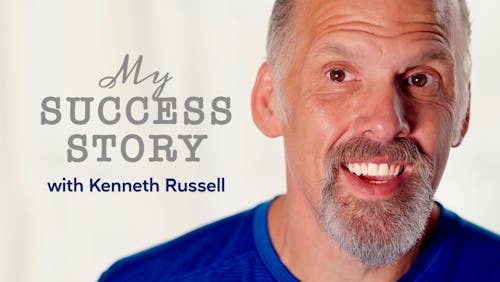
-

-
MEMBERS ONLY

-
MEMBERS ONLY
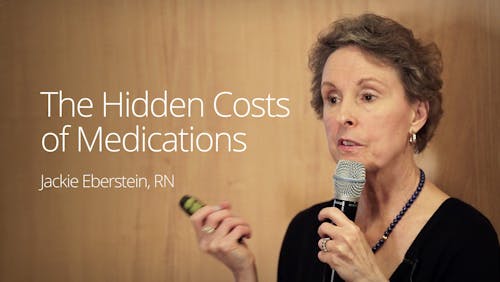
-
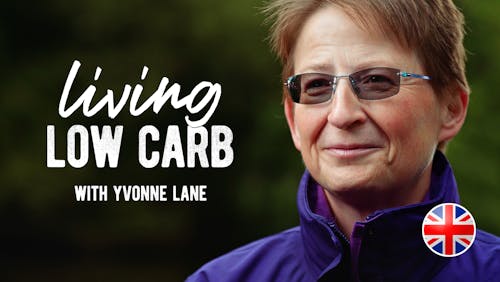
-

-
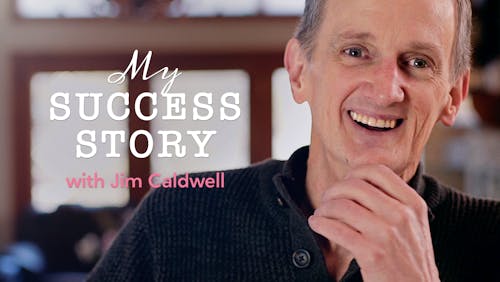
-
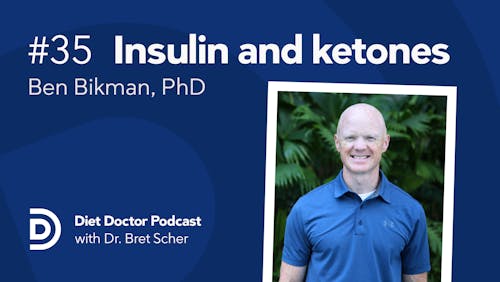
-
MEMBERS ONLY
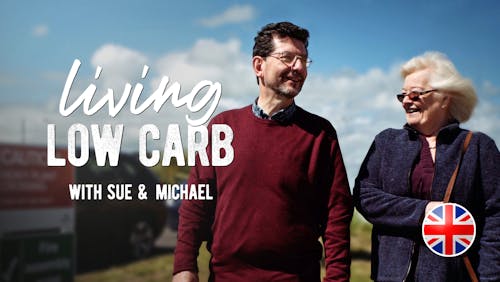
-
MEMBERS ONLY
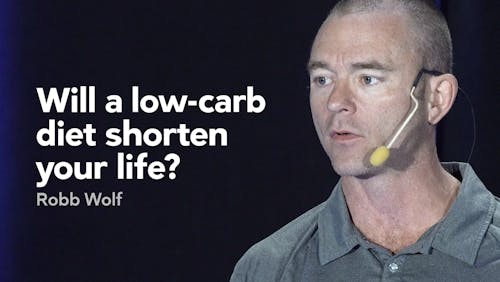
-
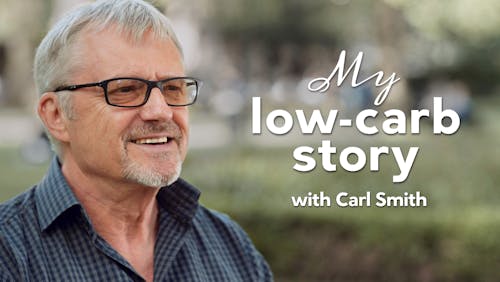
-
MEMBERS ONLY
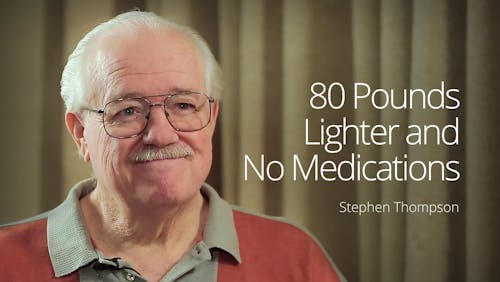
-
MEMBERS ONLY
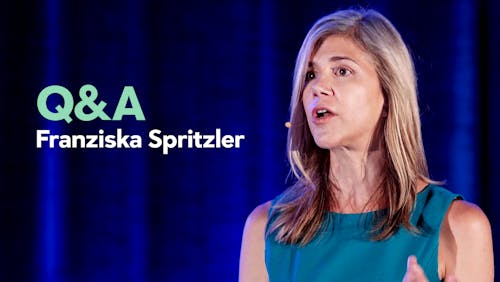
-
MEMBERS ONLY
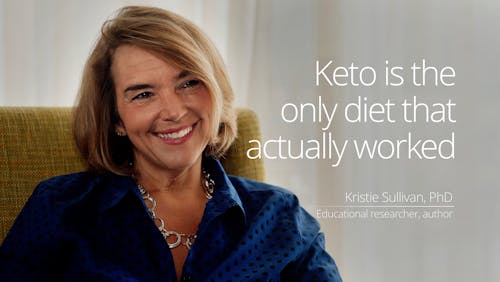
-
MEMBERS ONLY
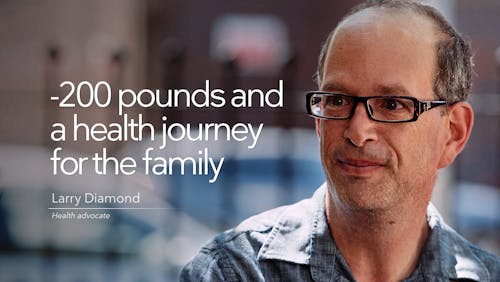
-
MEMBERS ONLY
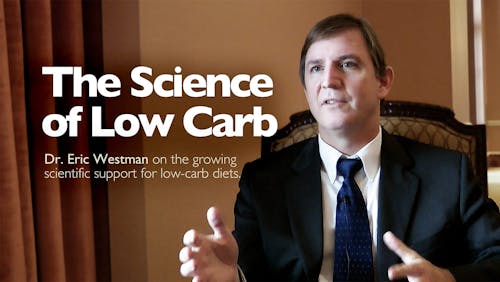
-
MEMBERS ONLY

-
MEMBERS ONLY

-
MEMBERS ONLY
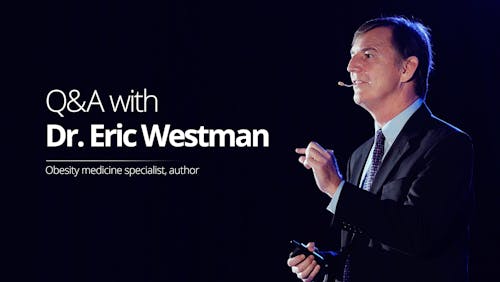
-
MEMBERS ONLY
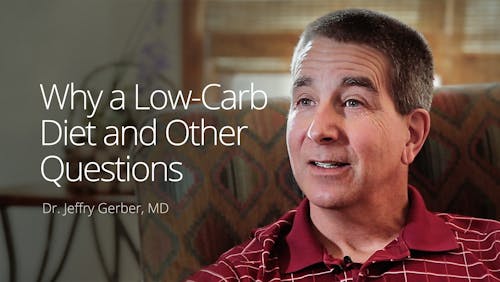
-

-

-
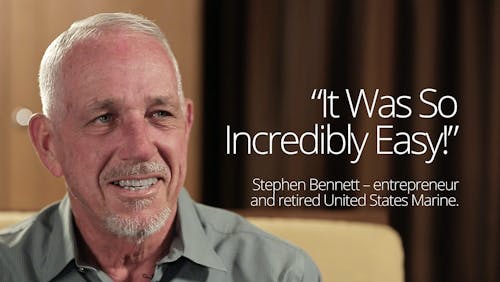
-
MEMBERS ONLY
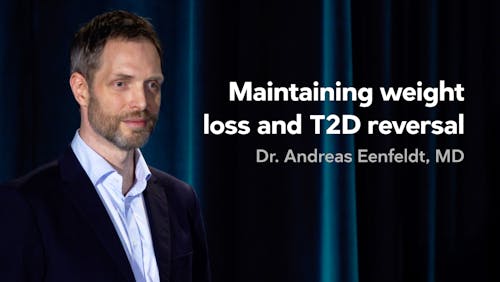
Body Stall With Keto Diet Weight Loss
Source: https://www.dietdoctor.com/weight-loss/break-a-stall
0 Response to "Body Stall With Keto Diet Weight Loss"
Post a Comment